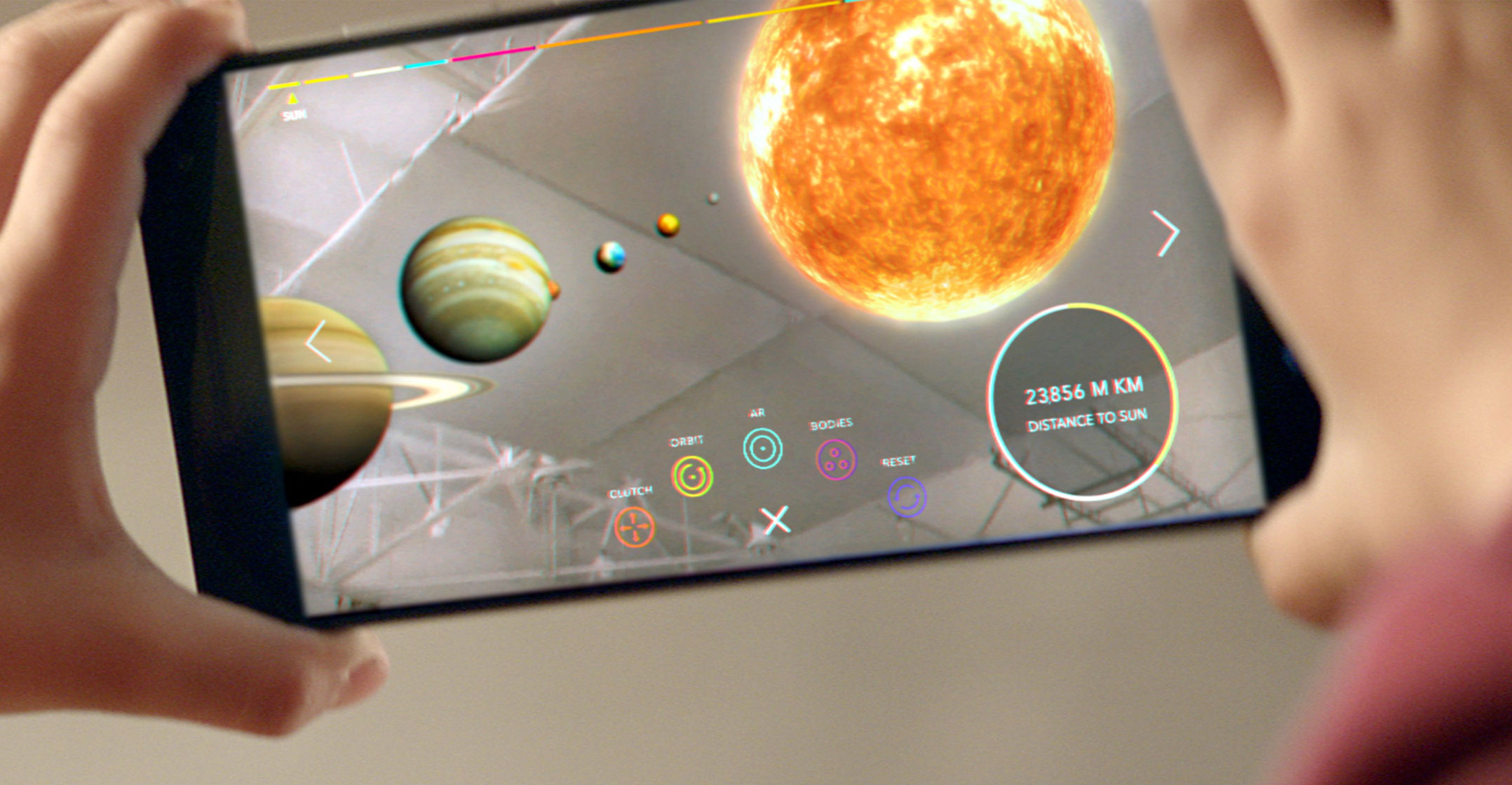
Google has had impressive augmented reality technology for years, but few ways to get millions of people using it. The company thinks it has software to fix that now.
Tango, Google’s 3D mapping system launched as a skunk works project in 2014, used cameras and depth sensors to recreate surroundings on mobile devices and locate users within that new digital realm. To run it, Android phone makers had to make considerable hardware upgrades, and only two companies took those steps.
The Alphabet company released a mobile developer tool on Tuesday to get more AR features on Android phones without those costly hardware tweaks. Called ARCore, the software helps mobile apps and websites better track physical objects and overlay them with virtual images. Google will now pitch Android partners on its software, rather than courting them to be compatible with Tango.
ARCore will be available for developers to preview on Tuesday with Google’s own Pixel phones and Samsung Electronics’ S8 smartphone. Google plans to add more Android devices over time and fully launch the software this southern hemisphere summer. “We have a path to getting this on north of 100m phones very quickly,” said Clay Bavor, who leads Google’s virtual reality and AR efforts.
So far, AR has mostly showed up inside games such as the mobile hit Pokemon Go. Social media firms, like Facebook and Snap, are using the technology to jazz up and share photos and videos inside their apps. Apple is trying to make the technology more mainstream: it’s new AR software, ARKit, will be available on about half a billion iPhones and iPads later this year.
Applications
Google imagines a broad array of applications for its AR technology. Bavor highlighted potential improvements to some of the company’s main digital services. Instead of tracking a bobbing blue dot on Google Maps, people could situate themselves in a panoramic view of the street. Instead of typing search queries into a phone, people will simply point a camera that can “understand everything around you”, Bavor said. “All of this is going to be made better with AR.”
Google has also hinted at commerce uses. Earlier this year, it showed off trials with Gap and BMW where the retailers used the Tango system to build apps that functioned as virtual showrooms.
Tango’s specialised cameras and depth sensors give it more capabilities than ARCore and Apple’s ARKit. However, Google executives said they’ve developed features in ARCore, like light detection and the ability to place and manipulate virtual objects easily on real surfaces, that come close to matching Tango’s abilities.
Bavor said he also expects more handset makers to adopt depth sensor cameras as AR widens in popularity, giving Tango a chance to reach more users. Google plans tools for developers to build AR experiences on mobile Web browsers, including those for iPhones.
First, Google must convince Android software creators and device makers to adopt its software. Apple can easily roll out software updates for a billion-plus devices. Google must contend with handset makers and other Android partners that have other priorities and ship with a wide range of technical capabilities. To run ARCore, Android phones don’t need to swap in advanced cameras, as they do with Tango. But they still need relatively new cameras with certain sensor abilities that meet Google’s criteria.
Dave Burke, Android’s engineering vice president, called these requirements “pretty lightweight”. He predicted rivals like Facebook and Snap will adopt the tool for their Android apps, along with other companies that haven’t tinkered with the nascent tech yet. “It doesn’t require a lot of skill from a developer’s perspective,” Burke said. “We’ll handle all the lighting, the perspective stuff for you.” — Reported by Mark Bergen, (c) 2017 Bloomberg LP




